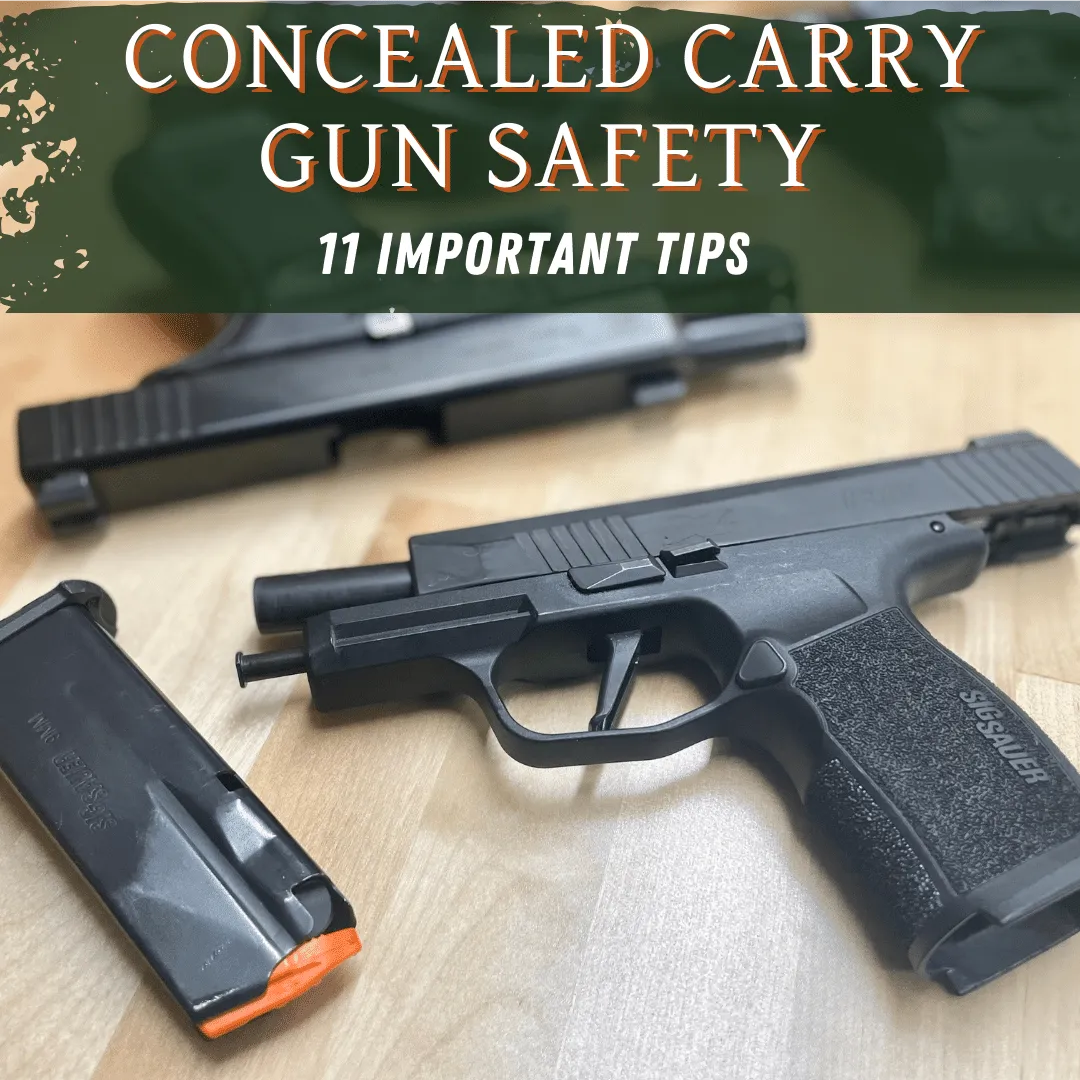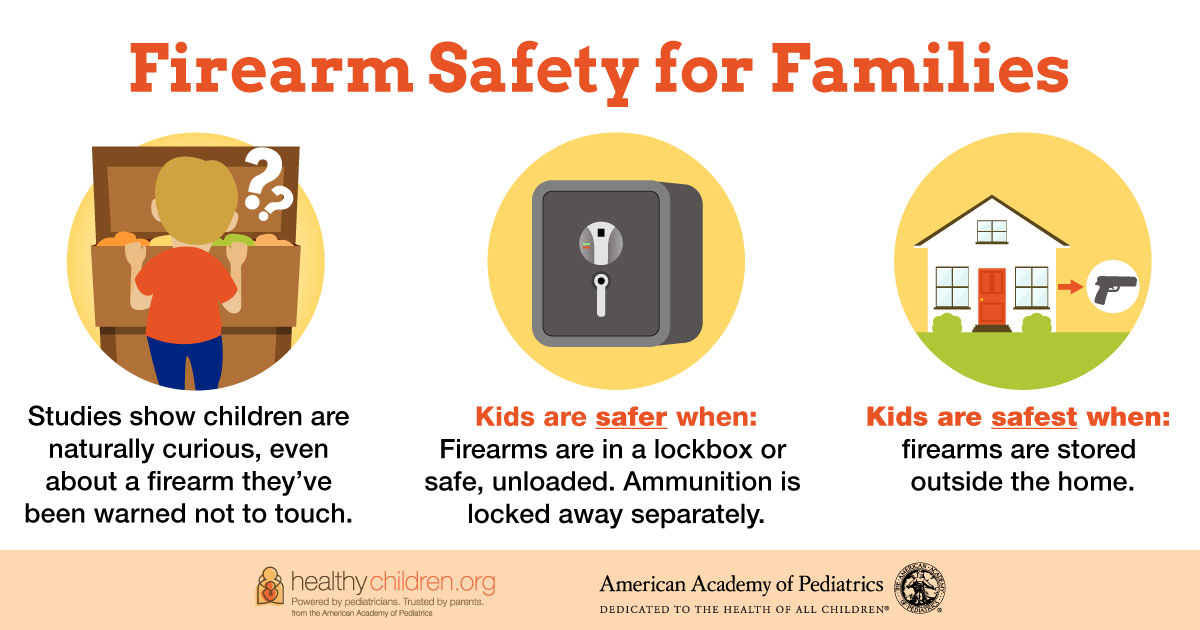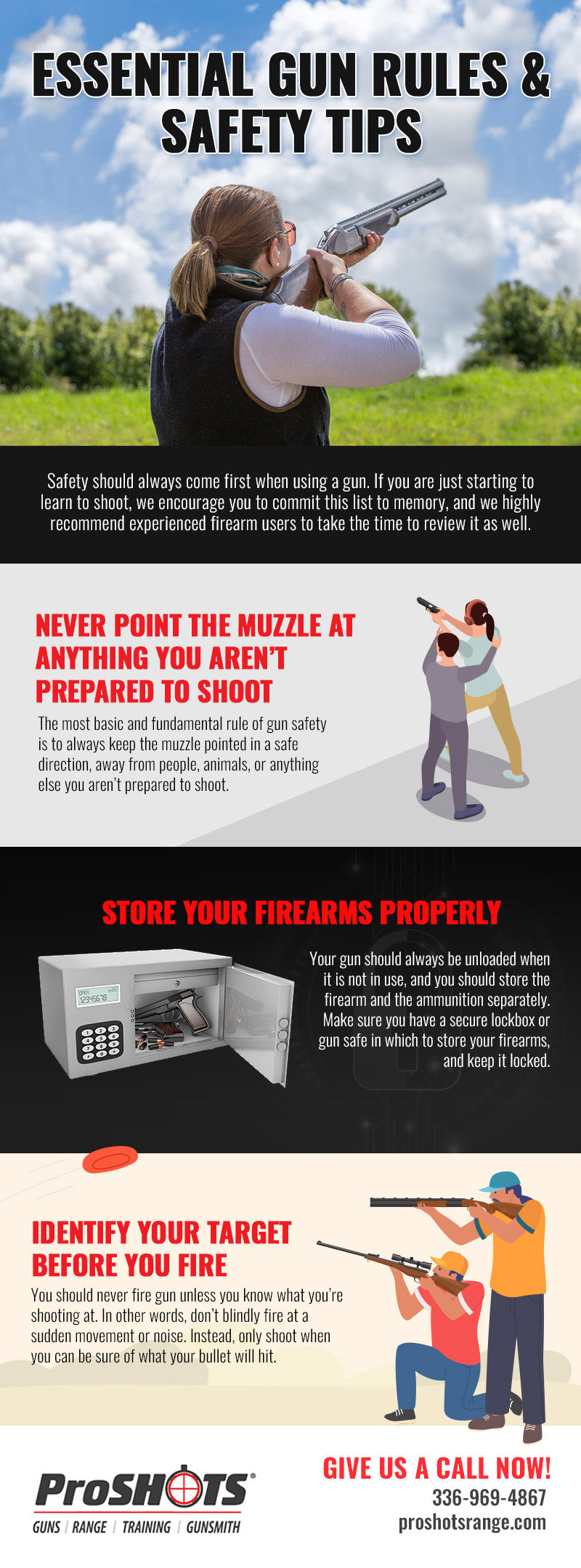To carry a gun safely, always keep it unloaded until ready to use and maintain muzzle discipline. Store firearms in a secure location and use appropriate safety gear.
Carrying a gun involves a significant level of responsibility and requires strict adherence to safety protocols to prevent accidents and ensure the well-being of both the carrier and those around them. Responsible gun owners recognize the importance of understanding their weapon, staying educated on safe handling practices, and respecting the power of the firearm in their possession.
A deep commitment to safety helps in creating a culture of accountability among gun enthusiasts, who must all ensure that every interaction with firearms prioritizes caution and safety above all else. Whether for personal protection, sporting activities, or professional requirements, the underlying principles of gun safety remain universally applicable and critically important.

Credit: survivalstoic.com
The Importance Of Gun Safety
Guns are powerful tools for protection and sport. Handling them safely is crucial. Learning the right ways to carry and store guns prevents accidents. It keeps everyone safe. This post will cover personal and community guidelines for gun safety. It will also look at the serious outcomes of not following these rules.
Personal And Community Guidelines
Each gun owner carries responsibility. Here are the guidelines to follow:
- Treat every gun as if it’s loaded. Always check twice.
- Point the gun in a safe direction, away from people at all times.
- Keep your finger off the trigger until you are ready to shoot.
- Know your target and what’s beyond it. Bullets can travel far.
- Store guns safely. Use gun safes, and lock away ammunition separately.
- Educate your family about gun safety. Children should know the rules too.
Communities benefit when gun owners follow these guidelines. They help prevent tragic accidents. Schools and local groups offer safety courses. Make sure to attend them.
Consequences Of Negligence
| Type of Consequence | Description |
|---|---|
| Personal Injury | Unsafe gun handling can lead to accidental shootings. |
| Legal Issues | Lawsuits and charges may arise from negligent behavior. |
| Emotional Impact | Incidents can cause lasting trauma to all involved. |
| Community Trust | Violating safety norms can erode trust within your community. |
Being careless with a gun can have severe results. Injuries or worse can happen in a split second. Failing to adhere to safety standards is not an option. Making smart, informed decisions is the key to avoiding these consequences. Prioritize safety; keep yourself and others out of harm’s way.

Credit: rtbala.com
Fundamental Firearms Safety Rules
Respecting firearms is crucial for safety. Understanding and following the Fundamental Firearms Safety Rules can prevent accidents. These rules are a solid foundation for anyone carrying a gun. Let’s focus on three key principles to ensure a safe handling experience.
Always Keep The Gun Pointed In A Safe Direction
This is the golden rule of gun safety. Point the gun in a safe direction at all times. This means that if it were to discharge, it would not cause injury or harm.
- Treat every gun as if it’s loaded, even if you believe it’s not.
- Avoid pointing the gun at anything you do not intend to shoot.
- Be aware of potential ricochets and keep the muzzle pointed toward the ground when not aiming to shoot.
Keep Your Finger Off The Trigger
Restrain from touching the trigger until you are sure you want to fire. This prevents unintended discharges. Keep your finger outside the trigger guard and along the side of the gun until you’re ready to shoot.
- Use the gun’s safety mechanism to your advantage, but remember it’s not foolproof.
- Develop muscle memory by practicing this rule until it becomes second nature.
Identify Your Target And What’s Beyond It
Always be certain of your target, its environment, and any potential risks. Bullets can penetrate through targets and walls, potentially causing unintended damage or injury.
- Use binoculars to identify and confirm your target.
- Understand the backstop’s material and its ability to stop a bullet.
- Never shoot at a partially obscured target or when people are nearby.
Choosing The Right Holster And Gun Case
Safety starts with proper gear. A good holster secures your firearm, while a sturdy gun case protects it during transport. Let’s delve into making smart choices for these essential accessories.
Types Of Holsters
Finding the right holster ensures safety and accessibility. Key factors include:
- Material: Leather, nylon, or Kydex offer unique benefits.
- Retention: Holsters should hold the gun firmly in place.
- Comfort: Select a holster that feels good on your body.
- Concealment: Consider how well it hides your firearm.
| Holster Type | Material | Retention Level |
|---|---|---|
| IWB (Inside-the-Waistband) | Leather/Kydex | High |
| OWB (Outside-the-Waistband) | Nylon/Kydex | Medium |
| Shoulder Holster | Leather/Nylon | Variable |
Proper Gun Case Selection
Choosing a gun case is about protection and portability. When selecting, remember:
- Material matters. Hard cases shield against impacts; soft cases offer lighter weight.
- Size is key. The case should snugly fit your gun without extra room to move.
- Lock it up. A secure locking mechanism will keep your gun safe.
Remember: The right case is an investment in your gun’s longevity.

Credit: www.healthychildren.org
Transporting Firearms Legally And Securely
When thinking about transporting your firearm, both security and legality are paramount. The rules governing the carriage of guns vary widely from place to place. Travelers must navigate a patchwork of state and federal regulations. Ensuring that a firearm is transported both legally and securely is essential for every responsible gun owner.
Understanding State And Federal Regulations
Navigating the legal landscape requires a clear understanding of the laws that apply to your journey. Regulations can differ drastically between states, including those that allow “open carry” versus “concealed carry,” the requirement for permits, or states with “reciprocity” agreements that recognize permits from other states.
- Check local state regulations before traveling.
- Understand federal laws, like the Gun Control Act of 1968.
- Obtain necessary permits or licenses in advance.
- Be aware of reciprocity laws between states.
Secure Transportation Practices
Beyond legality, safety during transport is critical. Firearms should always be unloaded, and ideally, kept in a locked case inaccessible to the driver or passengers during transit. The use of gun locks or secure storage devices can prevent unauthorized access to the firearm.
| Transportation Step | Security Measures |
|---|---|
| Unload the Firearm | Ensure the gun is free of ammunition. |
| Lock the Firearm | Use a secure lock or safety device. |
| Storage | Place the firearm in a locked container. |
| Accessibility | Keep the container out of reach during transit. |
Documenting your firearm, such as noting the serial number and keeping records of ownership, is always a good practice. In case of inspection or any legal matters, this documentation can provide necessary evidence of responsible ownership.
Regular Maintenance And Storage
The safety of carrying a gun extends beyond handling. Regular maintenance and storage are key. They ensure your firearm functions well and stays secure. Let’s dive into the best practices for keeping your gun in tip-top condition.
Routine Cleaning Procedures
Maintaining your gun’s cleanliness is critical. Dirt and residue can affect performance. Follow these steps for a clean, safe firearm:
- Unload your gun. Ensure it’s free of ammunition before cleaning.
- Disassemble according to the manufacturer’s guide. This allows for thorough cleaning.
- Use a cleaning kit. It should include a brush, rod, and solvent.
- Clean the barrel with a brush. Apply solvent, scrub, then wipe.
- Clean other parts with a soft cloth. Pay attention to moving parts.
- After cleaning, oil your gun lightly. This helps prevent rust.
- Reassemble and perform a safety check. Ensure everything is functioning.
Long-term Storage Solutions
Your gun needs a safe home. Long-term storage keeps it away from unauthorized users. Here are options for storing your gun securely:
| Storage Type | Benefits | Considerations |
|---|---|---|
| Gun Safe | High security, fire protection | Choose the right size, anchor securely |
| Lock Box | Portable, affordable | Ideal for smaller firearms, mount to a structure |
| Gun Cases | Lightweight, padded interior | Use desiccants to prevent moisture |
| Trigger Locks | Prevents accidental discharge | Should not be the sole storage method |
Remember, dry environments prevent rust. Use dehumidifiers or desiccants to manage moisture. Always store guns unloaded and separate from ammunition. For added security, use locks and secure storage devices.
Advanced Safety Training And Classes
Becoming a responsible gun owner involves continuous learning and practice. After mastering the basics, individuals should consider advanced safety training and classes. These programs hone skills, reinforce safety protocols, and introduce complex scenarios. In this section, we’ll explore how to find certified training and emphasize the importance of ongoing education and practice.
Finding Certified Training Programs
Finding the right firearms training program is crucial. Look for courses led by certified instructors with recognized credentials. Here are steps to ensure you enroll in a quality program:
- Check certifications from organizations like the NRA or your country’s equivalent.
- Read reviews and ask for referrals from experienced shooters.
- Verify that the program includes practical, hands-on instruction.
- Ensure the course covers various firearms and real-life scenarios.
A certified program equips you with advanced techniques and knowledge.
Continued Education And Practice
Regular practice is vital for skill enhancement. Shooting is a perishable skill and staying sharp requires commitment. Here’s why ongoing practice is important:
- It builds muscle memory for safe gun handling.
- It allows you to react correctly under stress.
- It helps you notice areas that need improvement.
Participate in competitive shooting sports for practical experience. Drills and simulated scenarios are also effective. Always track your progress for motivation and to recognize achievements.
Frequently Asked Questions For How To Carry A Gun Safely
What Is The Safest Firearm Carrying Position?
The safest firearm carrying position is the “Ready Carry,” with the barrel pointed down and action closed, controlling the muzzle direction safely. Always keep the safety on and fingers off the trigger.
What Are The 4 Golden Rules Of Gun Safety?
The four golden rules of gun safety are: Always treat guns as if they are loaded, never point a gun at anything you’re not willing to destroy, keep your finger off the trigger until ready to shoot, and be sure of your target and what’s beyond it.
What Are The 4 Rules Of Holding A Gun?
Always treat the gun as if it is loaded. Keep your finger off the trigger until ready to shoot. Never point the gun at anything you do not intend to shoot. Be sure of your target and what is beyond it.
What Are The Three Basic Rules Of Gun Safety?
The three basic rules of gun safety are: always keep the gun pointed in a safe direction, keep your finger off the trigger until ready to shoot, and always keep the gun unloaded until ready to use.
Conclusion
Safety is paramount when handling firearms. Always prioritize secure storage, handling, and use. Regular training cultivates responsible ownership. Remember, knowledge and caution are your allies in gun safety. Share this guide, stay informed, and uphold the highest safety standards.



